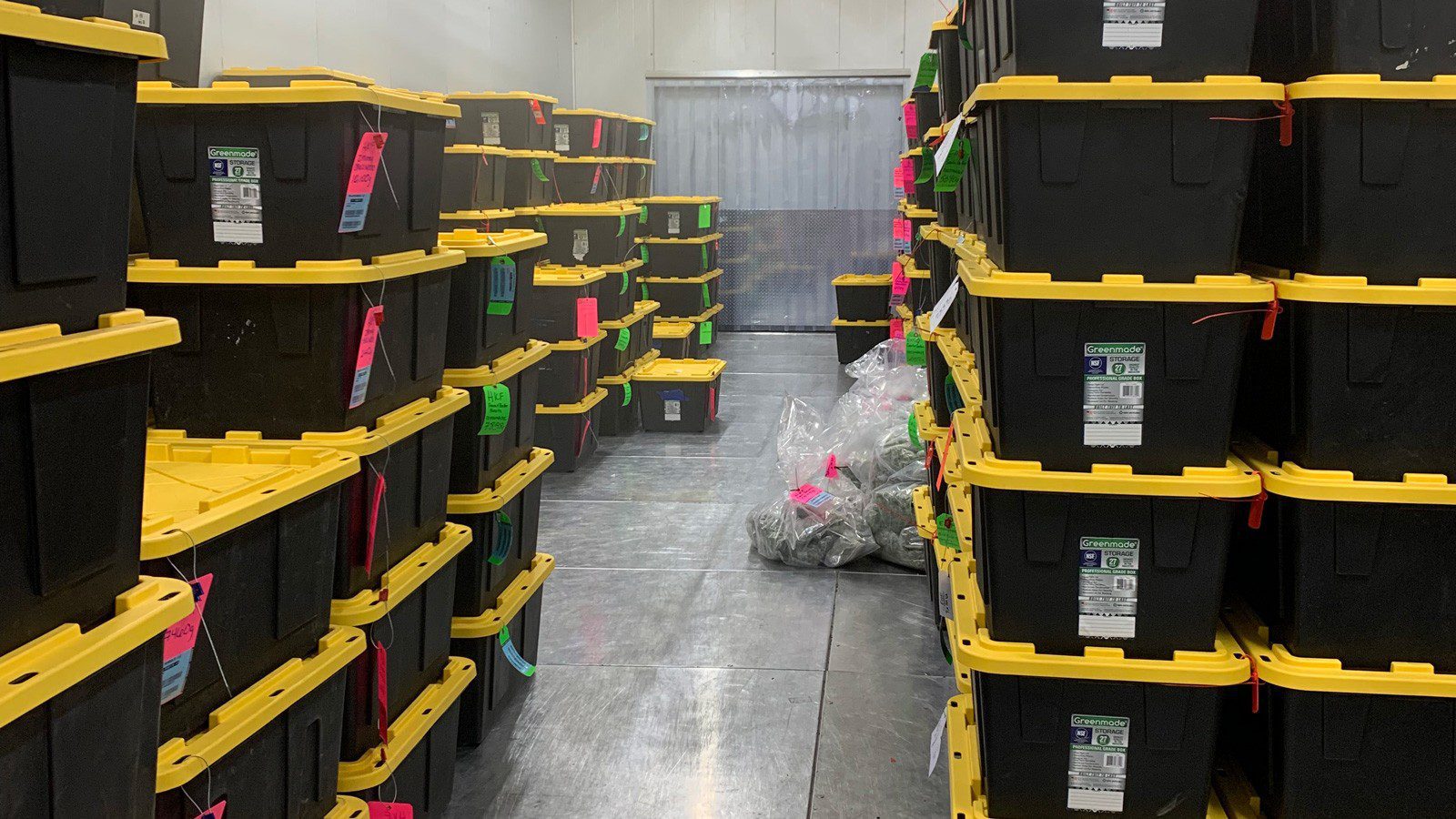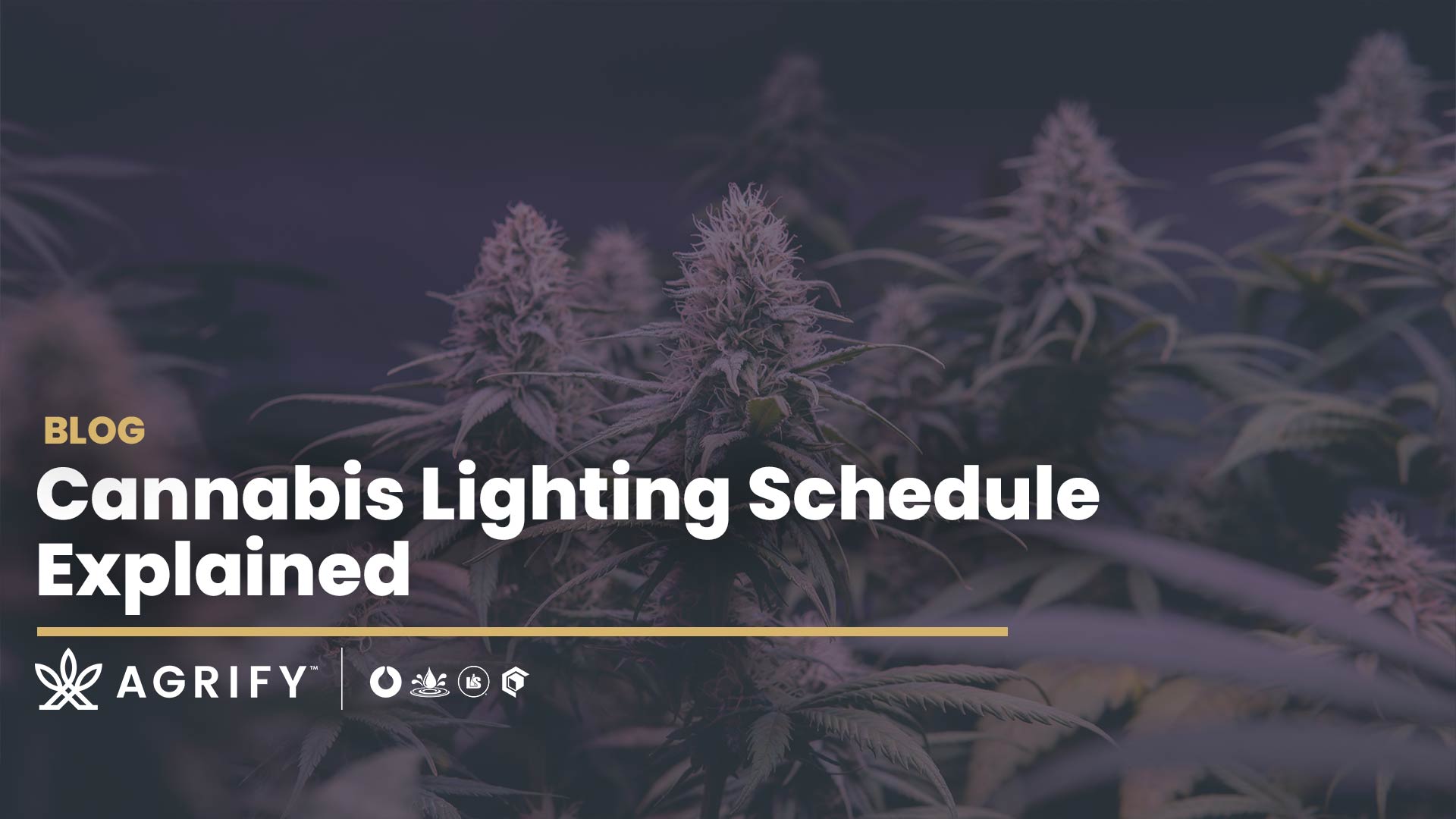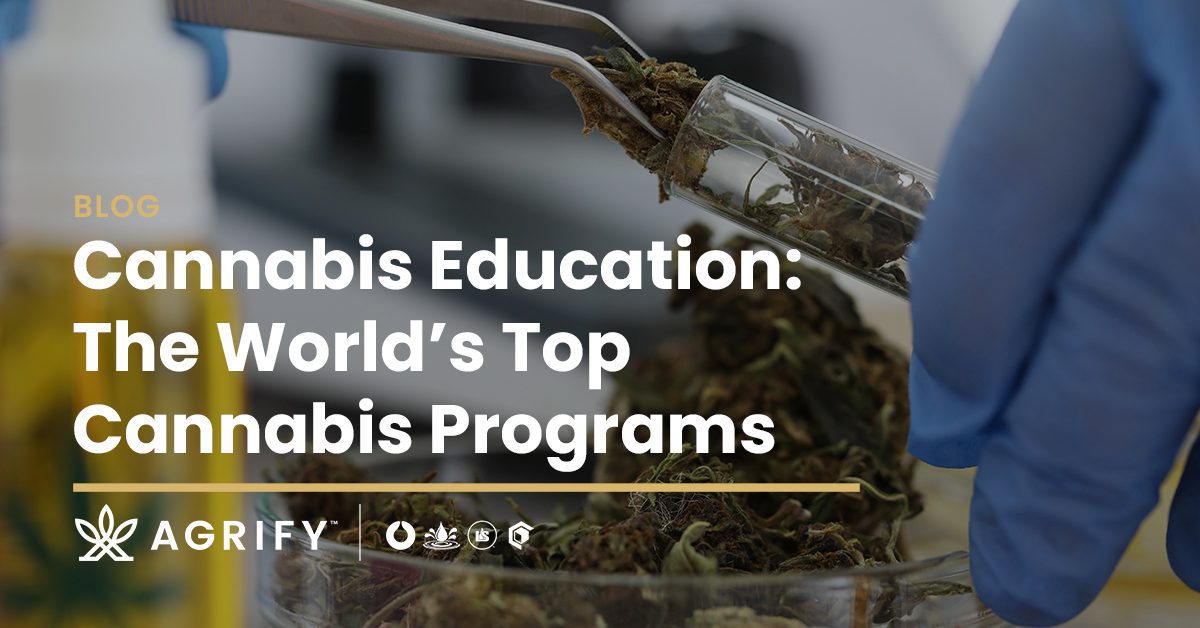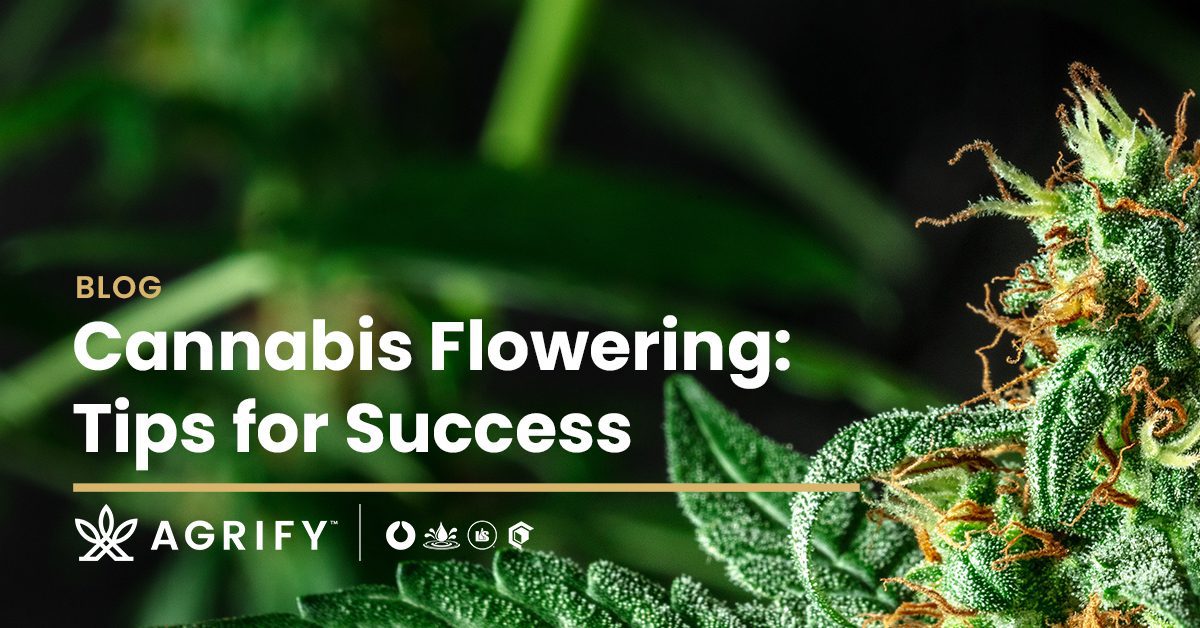How to Extract the Most Terpenes When Making Cannabis Concentrates
When making cannabis concentrates, the goal is typically to preserve as many terpenes as possible. After all, a terpene-rich cannabis extract is flavorful, aromatic, and potent, and it typically sells for more than your standard, run-of-the-mill concentrate with reintroduced or even non-cannabis-derived terpenes.
But preserving these volatile and hard-to-capture compounds doesn’t happen by accident. Consider that the cannabis curing process alone can strip the plant of more than 95% of its terpenes—before the extraction has even begun! If you’re looking to produce a pure distillate or isolate extracts where terpenes aren’t a priority, this article might not have much value for you—at least right now. But if you want to produce a terpene-rich product that contains all of the natural tastes, smells, and oils of the fresh cannabis plant material, take heed of the following tips.
-
Freeze Your Fresh Cannabis

As mentioned above, the drying and curing process can rapidly deplete and degrade terpenes. However, you don’t need to dry and cure cannabis flower prior to extraction, and this process can be skipped altogether by flash-freezing your cannabis immediately upon harvest. In this process, the fan leaves and stock are stripped away, the flowers are rough trimmed down to golfball-sized nugs, and the fresh nugs are stored in moisture-resistant bags and then immediately frozen.
The bags remain in a freezer until ready for extraction. For more information on the importance of cold storage see our other article on the cannabis cold chain. Using this method, the terpenes that would otherwise have been lost are now preserved within the plant. Keeping these bags of fresh-frozen cannabis away from direct light will also maintain their terpene profile, as light can degrade terpenes even in optimal temperature conditions.
This flash-freezing process is essential to make live resin and live rosin. The “live” attribute comes from the fact that the vast majority of the active compounds are left intact, so the extract is about as close as you can get to consuming freshly harvested cannabis. If terpene preservation is a prime concern, flash-freezing your harvest (or purchasing flash-frozen cannabis for your processing operation) is the single most effective thing you can do.
-
Opt for Terpene-Friendly Extraction Methods

Once the cannabis has been harvested, it’s time to extract its cannabinoids and terpenes. Not all cannabis extraction methods are created equal when it comes to terpene preservation.
For instance, while ethanol extraction has excellent throughput and requires less post-processing than hydrocarbon extraction, it’s not the best option for maximum terpene preservation. This is partly because ethanol is a polar solvent that draws out a higher concentration of fats and lipids (thereby reducing the concentration of cannabinoids and terpenes). For maximum terpene preservation, the following cannabinoid and terpene extraction methods are usually your best bets:
Carbon Dioxide Extraction
Supercritical carbon dioxide extraction is a popular choice for preserving both cannabis terpenes and hemp terpenes (such as for CBD products). Processors love it for its quality, efficiency, and eco-friendliness (when compared to hydrocarbon extraction in particular).
Carbon dioxide is excellent for terpene preservation because—unlike hydrocarbon and warm ethanol extraction—CO2 is a cold separation process. Heat results in terpene degradation, so low temperatures are essential for preservation. Supercritical CO2 boasts higher cannabinoid and terpene recovery than all other types of solvent extraction.
Hash Washing
Ice water hash (also known as bubble hash) tends to have a higher-than-average terpene concentration because it’s another cold, clean extraction method. Ice water hash is made by submerging fresh (preferably fresh-frozen) cannabis in an ice water vessel, agitating it (usually with a hand paddle or mechanical trichome separator), and sifting it through a series of micron screens. The filtered hash is then dried, making ice water hash.
For maximum terpene preservation, the ice water hash should be dried using a freeze dryer—and not dried by hand. Hand-drying can introduce outside contaminants while also compromising the organic compounds. Freeze-drying, though, preserves cannabinoids and terpenes while rapidly drying the wet ice water hash.
Cold Pressing

Solventless rosin extraction is a great way to preserve terpenes because it’s a quick, easy process that requires only mechanical separation, no chemical dissolution as with solvent-based methods. Just place your starting material (e.g., ice water hash, dry sift, or flower) between two heated plates on a rosin press, and the extraction is achieved via heat and pressure. It’s the most straightforward cannabis extraction method available, but you do have to watch your temperatures.
As previously noted, terpenes degrade at higher temperatures. That’s why solventless extraction should always be done with a rosin press that lets you precisely control the temperature. To avoid losing the most volatile terpenes, opt for cold pressing, which typically occurs at temperatures between 130°F and 170°F. Yields will typically be lower than with hot pressing, but more terpenes will be preserved, leaving a more flavorful extract to enjoy.
-
Keep Post-Processing to a Minimum
Once the extraction process is complete, the resulting extract may require post-processing before it’s ready to be consumed. Some degree of post-processing is often required when making cannabis concentrates. Whether you’re trying to remove fats and lipids or achieve a specific texture or consistency, your work isn’t necessarily done once primary extraction is finished.
The need for post-processing can complicate the goal of terpene preservation, and it’s best to plan accordingly. Whenever you have to introduce additional solvents or temperature changes to cannabis extracts you risk losing additional active compounds. That’s one of the reasons why we recommend solventless extraction for terpene preservation as further post-processing is almost never required.
That being said, there is one type of solventless post-processing worth mentioning: rosin curing. This is sometimes done to make rosin diamonds or sauce, and it usually involves warming or cooling the extract in glass jars. Cold curing works best for preserving terpenes, and it’s as simple as keeping the sealed jars in a refrigerator until you achieve the desired consistency—usually 2 to 3 days, but sometimes up to a week. For solvent-based extracts, the general rules for post-processing are as follows:
- Less is more
- Keep your temperatures low
- Opt for dewaxing over winterization (if possible)
Consult with cannabis extraction training professionals if you’re not sure how to achieve the desired result without compromising your terpenes.
-
Store in a Cool, Dark Place

The final hurdle to terpene preservation comes now that your extract is ready for sale: storage. After extracting terpenes and cannabinoids into a fine concentrate, processors must remain diligent about preserving those active compounds. This means protecting the product from the elements most damaging to the cannabinoids and terpenes present in the final product.
Exposure to heat, light, and air will degrade cannabis extracts. With that in mind, products should always be packaged in airtight containers and stored in cool environments away from direct light and heat. Like most cannabis products, extracts can maintain their potency for 6 months to a year or more if stored properly. But improper storage can compromise the flavors, the aromas, the effects, and ultimately the value of the product.
Making the Most of the Cannabinoid & Terpene Extraction Process
If you really want to achieve maximum terpene preservation, the best way is to combine the aforementioned tips with each extraction run. Consider the following breakdown:
- Start with fresh-frozen cannabis. Again, this is the single most important step for keeping the full terpene profile intact.
- Transform your fresh-frozen cannabis into bubble hash. This can be achieved using a basic hash-washing system. Because you’re keeping your frozen cannabis cold, you can complete this initial extraction with virtually no loss of remaining terpenes.
- Transform your bubble hash into hash rosin. Turning hash into rosin offers a level of refinement you just can’t get when using cannabis flowers as your starting material. And if you’re using fresh-frozen cannabis to make rosin, the hash-making process is a required intermediary step. Otherwise, you’ll be left with a soupy mess when pressing.
- Keep your post-processing to a minimum. For hash rosin, you shouldn’t need any post-processing in most cases.
- Store responsibly. Package and store your product in a way that protects it from light, heat, and air.
Alternatively, if you prefer solvent-based methods, you could take fresh-frozen cannabis and extract it using a closed-loop extraction system. This will give you a live resin product, which is likewise very high in terpenes. Again, just be mindful of your extraction process.
CO2 is the gold standard for preserving volatile compounds, but in the absence of a CO2 system, non-polar hydrocarbons like butane and propane are more terpene-friendly than other liquid solvents. Also, keep your vacuum ovens at low temperatures when purging your residual solvents.
Proper terpene extraction takes a bit of extra effort, but the result is a higher-quality, connoisseur-grade product that will fetch a premium price. If you’re willing to put in the effort to preserve these compounds, you’ll soon discover the difference it can make for your brand.









